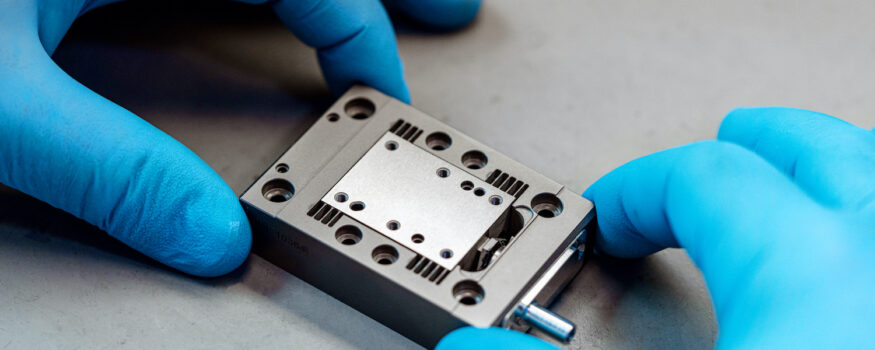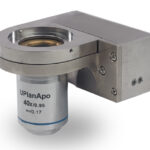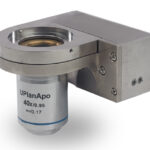
It’s commonly believed that if you know the resonant frequency of a nanopositioning stage, then you’ll have an accurate indication of its performance, especially its dynamic performance. In simple terms, a higher resonant frequency is taken to equate with faster movement of each stage axis. Unfortunately, like many things in life, it’s rarely that simple!
In practice, resonant frequency is determined by several factors. These will all affect the performance of the stage, and therefore need to be considered equally before the correct selection of a nanopositioning system can be made. Factors such as the stage materials, the load applied to the stage, control and feedback electronics and the overall system construction all have an effect.
To learn more, read the full article: Resonant frequency and nanopositioning on prior.com







